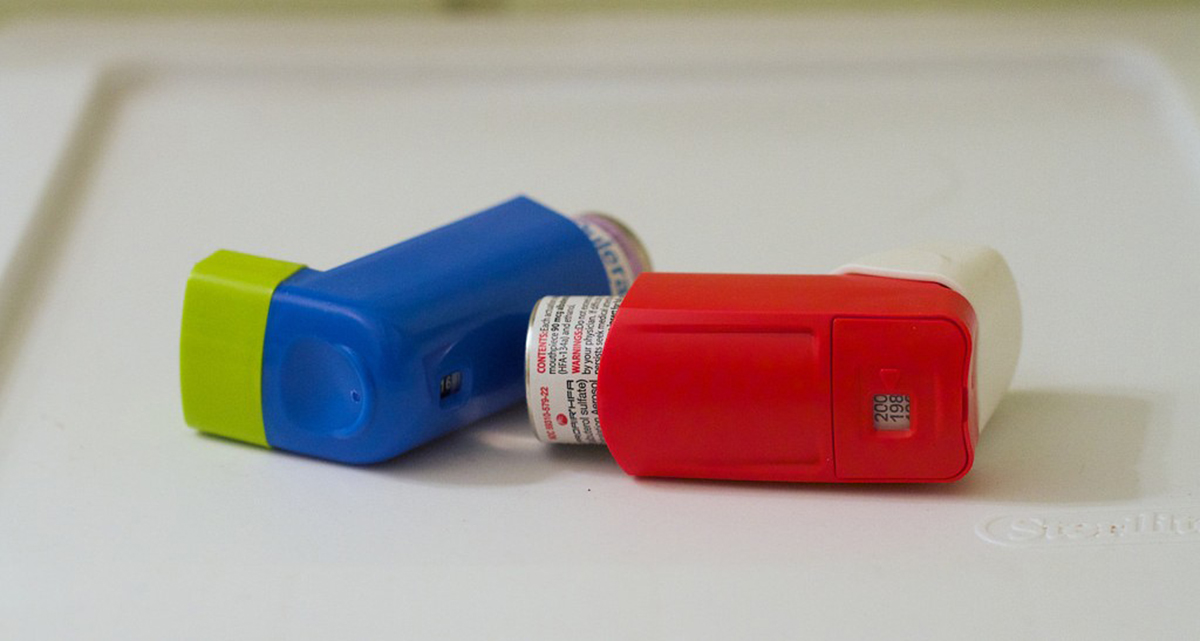Table of Contents
If you have ever had an asthma attack, you know frightening it can be. Symptoms of asthma include shortness of breath, wheezing and coughing. Although some people have infrequent asthma attacks, others may have asthma flare-ups on a regular basis or persistently.

There are different types of asthma and each can cause persist symptoms. For instance, exercise induced asthma may occur during physical activity. In people with exercise induced asthma, physical activity causes the airways to narrow or constrict. Occupational asthma also affect some people. If you have occupational asthma, you may be developing symptoms in a response to a lung irritant, which you come in contact with through your work.
Understanding asthma and what type you have may help you work with your doctor to decrease the frequency of flare-ups. But in some cases, even with education and an understanding of your condition, symptoms may persist.
What is Persistent Asthma?
Asthma is considered persistent if symptoms occur several times a week without treatment. The American Academy of Pediatrics divides persistent asthma into three different categories. Mild persistent asthma is defined as symptoms occurring about twice a week, but not every day. Lung function is near normal or at 80 percent of normal.
Asthma is considered to be moderately persistent if symptoms occur almost daily and last several days even with treatment. Lung function is usually between 60 to 80 percent of normal. In people who have severe persistent asthma, symptoms usually occur every day and interfere with activities. Lung function may be less than 60 percent of normal.
Reduce Asthma Triggers
One reason asthma continues to be persistent in some people is they have yet to determine what triggers their symptoms.
Asthma symptoms often develop as a response to an allergen or substance, which triggers an allergic reaction. Normally, substances, such as dust or ragweed, are harmless. But in people who are allergic, their immune system responds to the substance as if it was harmful. An allergic reaction occurs, which may trigger typical asthma symptoms, such as chest tightness and wheezing.
Exercising and cold weather can also trigger asthma symptom flare-ups in some people. When you breathe in, the air is warmed and humidified in your nose. When you exercise your respiratory rate increases, which commonly leads to breathing through your mouth instead of your nose. Air bypasses the nose and is inhaled into the lungs through the mouth, which means it does not get humidified or warmed. As a result, dry air is inhaled into the lungs, which irritates the airways in some people. If you are exercising in cold weather, you may be at an even higher risk of irritating the lungs.
See Also: What Is Asthma?
In order to determine what is triggering your asthma symptoms, it can be helpful to keep a log of when symptoms occur and what you are doing. Overtime, a pattern may emerge, and you may be able to determine your asthma triggers.
- Gardenhire, Douglas S. EdD(C) RRT. Rau’s Respiratory Care Pharmacology. Mosby 2011
- Farzan, Sattar, MD, FACP, FCCP A Concise Handbook of Respiratory Diseases. Prentice Hall 1997
- Photo courtesy of Alan Levine by Flickr : www.flickr.com/photos/cogdog/14716567729
- Photo courtesy of Tomhannen by Wikimedia Commons : en.wikipedia.org/wiki/Peak_expiratory_flow#mediaviewer/File:Peak_flow_meter_horiz.jpg
- www.ucdmc.ucdavis.edu/welcome/features/2012-2013/07/20120718_asthma_control.html
- www.healthychildren.org/English/health-issues/conditions/allergies-asthma/Pages/Mild-Moderate-Severe-Asthma-What-Do-Grades-Mean.aspx
- www.lung.org/lung-disease/asthma/living-with-asthma/take-control-of-your-asthma/measuring-your-peak-flow-rate.html


Your thoughts on this